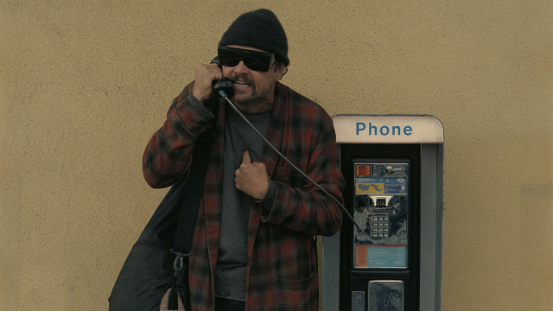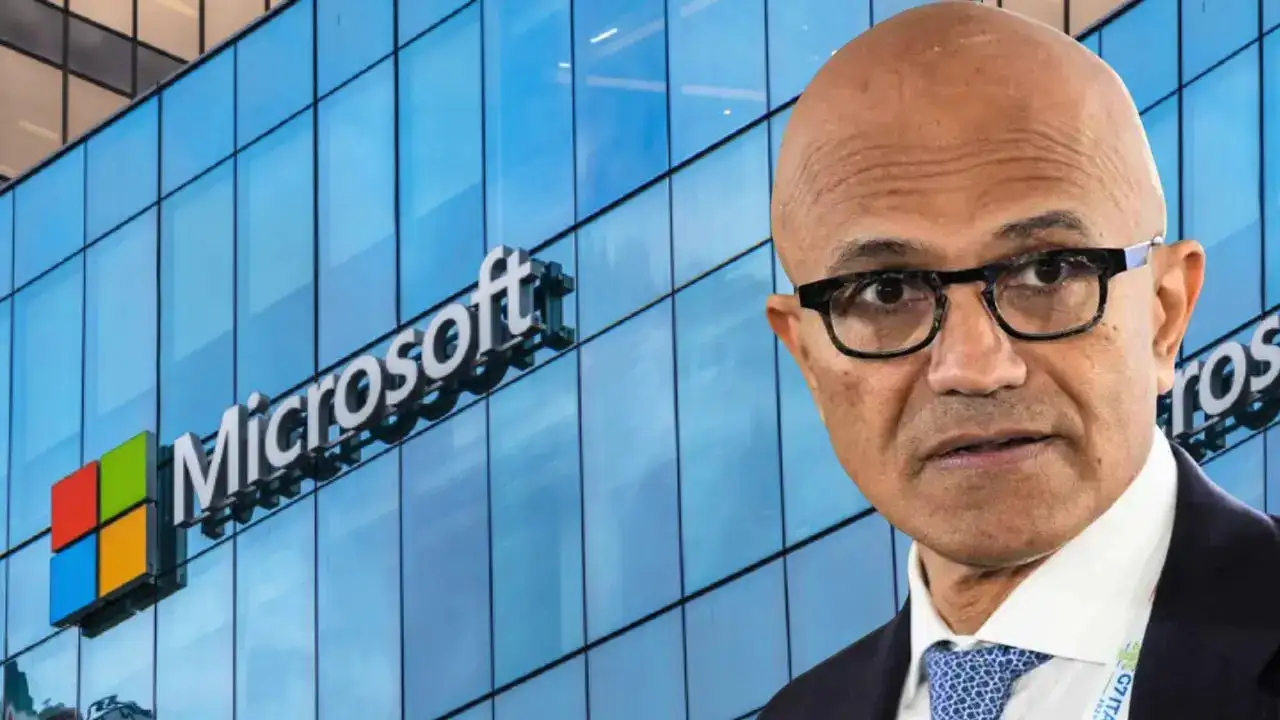By Benny Har-Even,Contributor,Leonardo Dicaprio. And
Copyright forbes

Paul Thomas Anderson has used VistaVision film stock to shoot One Battle After Another, to reflect the hankering after a lost, distant past of his paranoid revolutionary lead character, played by Leonardo DiCaprio. And also, because it’s cool.
Warner Bros
Known for his distinctive, character-driven narratives and anarchic action, Paul Thomas Anderson is arguably the definitive modern auteur director. A technical traditionalist, he has shot all his movies exclusively on film stock, but with his latest One Battle After Another, he has taken things even further in an attempt to reboot a film format that has all but died out.
As I covered previously, VistaVision (a format Anderson first experimented with in 2019 on a short called Anima) was created by Paramount in the 1950s as a way of competing in the then-burgeoning large film format market. VistaVision’s key innovation was flipping the standard 35mm frame on its side, thus increasing the size of the frame from four perforations wide to eight. A larger frame means more light, creating a bigger image with more detail.
Due to competition from the 70mm format, VistaVision had fallen out of widespread use by the 1960s, but made headlines last year when it was Bradley Corbet used it to shoot The Brutalist, with 70mm film presentation in some locations to allow cinemagoers to get a more authentic look at what was shot.
Projected as Photographed
However, with One Battle After Another, Warner Bros is taking things a stage further as the film will be exhibited on a VistaVision projector, making it, as Odeon puts it, “Projected as Photographed.”
This is happening at only three venues worldwide, which are the:
Regal Union Square 17 in New York,
Vista Theater in Los Angeles,
Odeon Luxe Leicester Square in London.
As an obsolete exhibition format, VistaVision projectors aren’t normally found lying around, but according to Mike Bradbury, head of cinema technology for Odeon, the projector was sourced by Warner Bros and installed by Bell Theatre Services, who have provided training on the VistaVision projector to the Odeon Leicester Square technicians.
MORE FOR YOU
According to in70mm.com, specialist company Film-Tech has built modern platters allowing enough film stock for the entire 2 hours 42 minutes runtime to be played without any need for reel changes.
Naturally, the VistaVision screenings are sold out (even at a hefty £30 per ticket) but one would hope that, when possible, other screenings in this unique format will be programmed.
Also in IMAX 70mm
VistaVision isn’t the only way, however, to see the film in an authentic format. The movie has also received a “blow-up” to IMAX 1570 film, the format, which, with the film stock running through the camera horizontally to achieve a larger frame image, is a direct descendant of VistaVision. Indeed, Chris Nolan even used a VistaVision camera to capture some sequences in The Dark Knight to allow for more coverage than the limited number of IMAX cameras would allow.
An IMAX 70 mm print enables it to be shown on giant IMAX GT screens with a 1.43:1 aspect ratio, which is a very close match to the native 1.50:1 aspect ratio of VistaVision. While it will require a very slight crop to the sides, it’s so close as to be indistinguishable, making IMAX 70mm the greatest way to see the film, even if not technically the most authentic.
While not as rare as the pure VistaVision showing, it’s still very limited, with just eight locations in the United States, one in Canada, and one in the UK showing it on IMAX 70mm film, and tickets are already on sale.
The final film format is standard 70mm, and, as of now, these are limited to North America, and again, in70mm.com lists these.
Moving to digital, in IMAX locations with a 1.43:1 screen and a dual laser projector, the film will be shown digitally while retaining the 1.43:1 aspect ratio. In all other IMAX theaters, the film will be presented in the 1.90:1 aspect ratio of those screens.
In all other standard screens, the film will be presented digitally in “flat” 1.85:1 and is sure to be a riot, but if you are one of the lucky ones in reach of a VistaVision or IMAX 70mm screen and can bag a ticket, you’ll be able to take part in a rare and exciting cinematic event.
Really, 4DX?
In all other screens, the film will be presented digitally in “flat” 1.85:1 and is sure to be a riot. For what must surely be the first time for a Paul Thomas Anderson film, this includes 4DX, the one where the seats move in sync with the action on screen, like a theme park, along with water, air, and flashing lights effects. If there was any doubt that there is a great deal of action in this film, then showing it in 4DX confirms it!
Premium Dolby Cinema
As such, if you can’t get to a film screening or an IMAX or don’t fancy being thrown around in your seat by 4DX, then Dolby Cinema is always a premium experience, thanks to its top-tier Dolby Vision image and Dolby Atmos sound.
Also, look out for your local premium large format, PLF, which is a large floor-to-ceiling screen, a 4K laser projector and comfy seats. HDR by Barco technology is the best example of this, but One Battle After Another does not appear to have received a suitable DCP for this, which is a shame.
If you are one of the few able to see it on celluloid in either VistaVision or IMAX 70mm, then this will be the ultimate way to see what promises to be a cinematic treat, and you’ll know you’ll be taking part in a rare and exciting cinematic event.
Editorial StandardsReprints & Permissions



